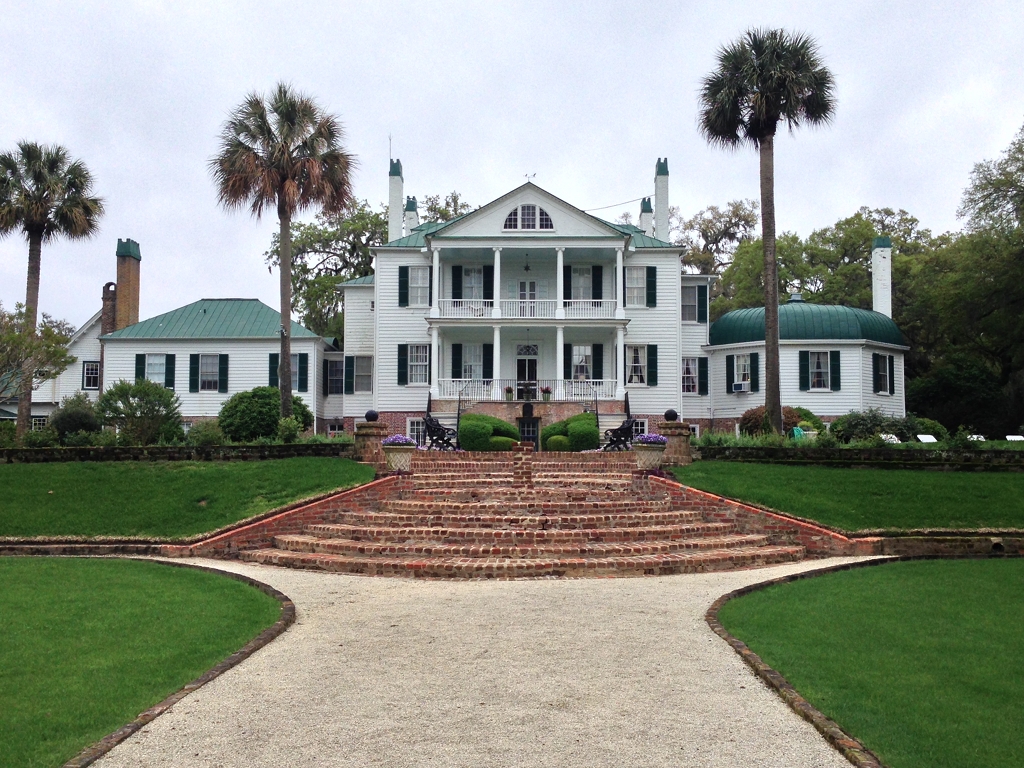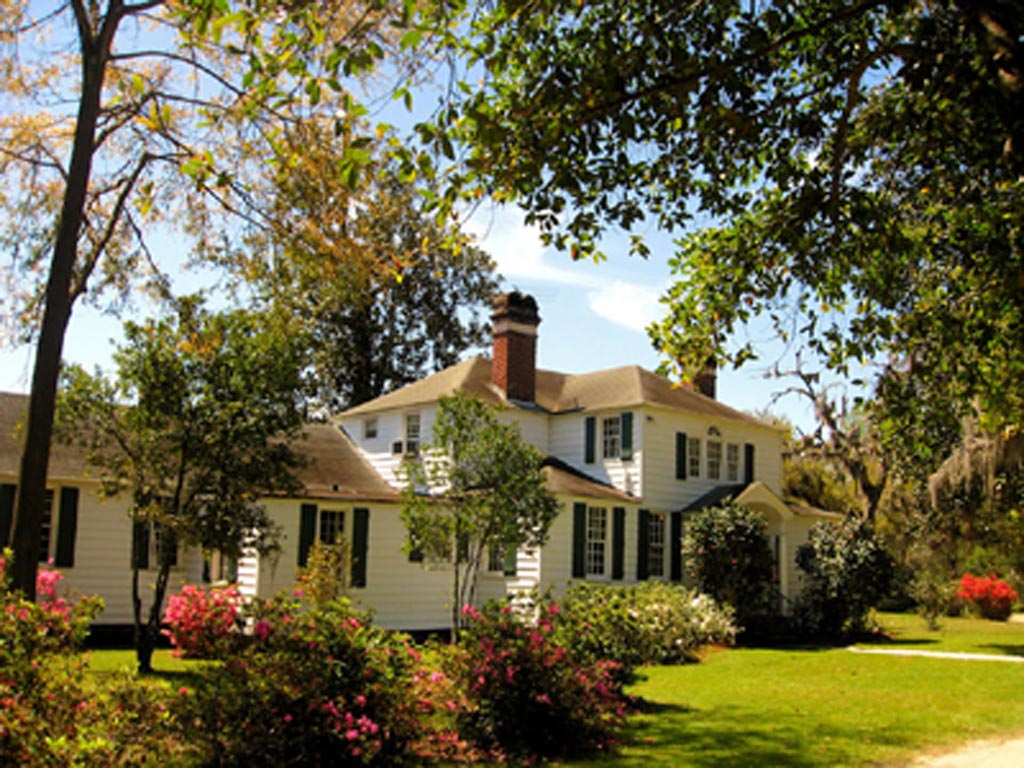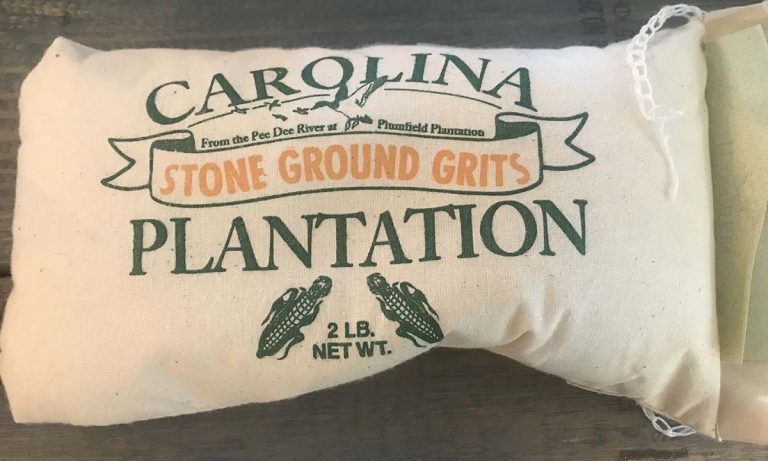


African slaves were accustomed to the hot tropical summer climate, tolerant to malaria and yellow fever, and many arrived already knowing how to cultivate rice. While cultivating rice was less labor intensive and less hazardous than growing sugar cane, it was rather more intensive than raising tobacco. Many Beaufort District area plantations grew several different agricultural and livestock products: sea island cotton, corn, rice, cattle, hogs, etc.


While most people think that all plantations in this area grew sea island cotton, such is not the historical truth. While it is sometimes perceived that rice was grown on most plantations in the lowcountry, according to the Census of Agriculture of 1859, less than 40% of lowcountry farms grew any rice at all. Enslaved Africans and their slave-owners ate rice on a regular and oftentimes daily basis. In fact, many lowcountry born and reared children grew up eating rice twice a day, every day, at lunch and supper well into the 20th century.Ĭarolina planters cultivated rice in the coastal tidewater rivers of the lowcountry–mainly the Waccamaw, Santee, Cooper, Ashley, Combahee, and Savannah Rivers. Rice was served with meats and shellfish and used to make breads, biscuits, flour, puddings and cakes. Enslaved Africans brought their knowledge and skills of how to grow and cook rice. From colonial times, rice was South Carolina’s great staple food. It is the building block of the everyday meal, a monument to Carolina agricultural history, and a way of life. South Carolina was the leading producer for almost two centuries from the late 1600s to the late 1800s, nearly 1/3 of the entire North American crop was grown in South Carolina.įor South Carolinians rice is more than a delicious side dish.Today, the United States is one of the world’s largest producers, exporting to over 100 countries worldwide.It has been labeled the “food of the world” because nearly 2/3 of the world’s population considers it an essential food staple.


 0 kommentar(er)
0 kommentar(er)
